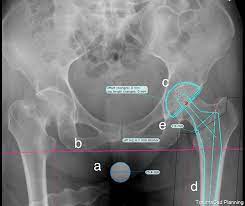Correlation between gait analysis and clinical questionnaires in patients with spontaneous osteonecrosis of the knee
Abstract | Background: Spontaneous osteonecrosis of the knee is usually verified by magnetic resonance imaging accompanied by clinical questionnaires to assess the level of pain and functional limitation. There is a lack however, in an objective functional test that will reflect the functional severity of spontaneous osteonecrosis of the knee. The purpose of the current study was to examine the correlation between spatiotemporal gait parameters and clinical questionnaires in patients with spontaneous osteonecrosis of the knee.
Methods: 28 patients (16 females and 12 males) were included in the analysis. Patients had unilateral spontaneous osteonecrosis of the knee of the medial femoral condyle confirmed by magnetic resonance imaging. All patients performed a computerized spatiotemporal gait analysis and completed the Western Ontario and McMaster University Osteoarthritis Index and the Short-Form 36. Relationships between selected spatiotemporal gait measures and self-assessment questionnaires were assessed by Spearman non-parametric correlations.
Findings: Significant correlations were found between selected spatiotemporal gait parameters and clinical questionnaires (r ranged between 0.28 and 0.79). Single limb support was the gait measure with the strongest correlation to pain (r=0.58), function (r=0.56) and quality of life.
Interpretation: Spatiotemporal gait assessment for patients with spontaneous osteonecrosis of the knee correlates with the patient's level of pain and functional limitation there by adding objective information regarding the functional condition of these patients.

